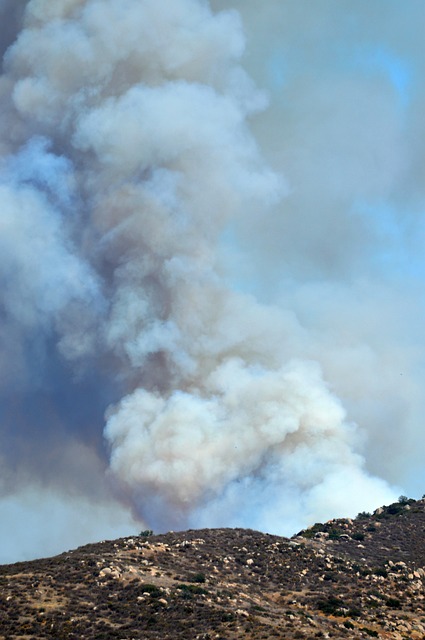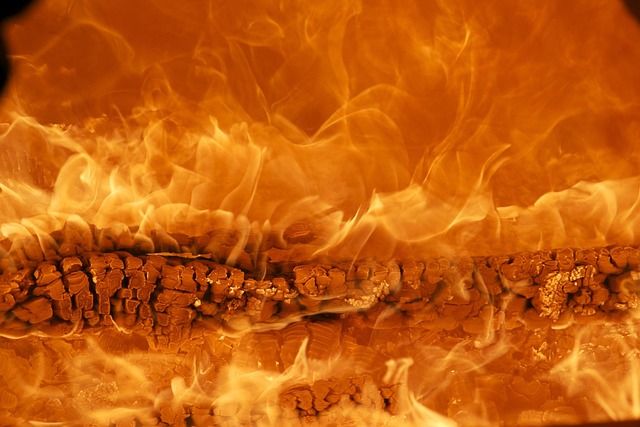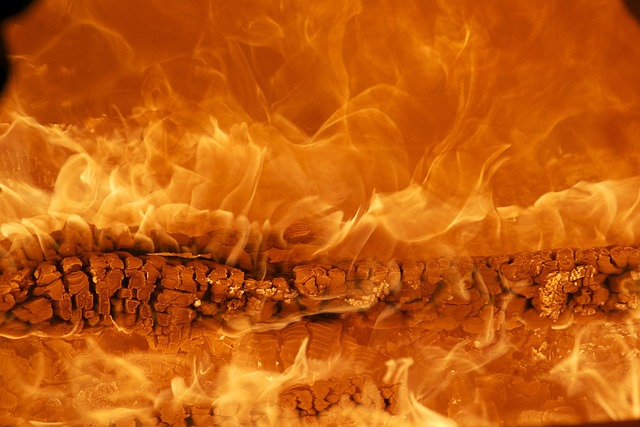Fire insurance claims are crucial for recovery in California's fire-prone areas, with homeowners, renters, and prospective buyers of fire-damaged properties eligible for coverage. Understanding policy terms, including limits and deductibles, is essential. Post-fire actions include immediate safety checks, damage documentation, and contacting authorities/insurers. Comprehensive records aid decision-making for repairs and renovations. Navigating claims effectively requires prompt notification, thorough documentation, careful review of policies, and staying informed about local regulations. Those who buy fire damaged homes in California can streamline the process by following these strategies.
Fire insurance claims are a crucial process for Californians facing home damage due to fire. Understanding the intricate details, from eligibility to navigating the claim process, is essential for a smooth recovery. This comprehensive guide delves into the who, what, and how of filing fire insurance claims in California, specifically addressing who is entitled to seek compensation for fire-damaged homes. By exploring common challenges and offering valuable tips, this article equips folks with the knowledge needed to successfully navigate this critical phase post-disaster.
- Understanding Fire Insurance Claims: A Comprehensive Guide
- Who Is Entitled to File a Claim for Fire-Damaged Homes in California?
- The Process of Filing and Navigating Fire Insurance Claims
- Common Challenges and Tips for Successful Claims in California
Understanding Fire Insurance Claims: A Comprehensive Guide

Fire insurance claims are a crucial process for individuals and businesses affected by fires, offering financial protection and a pathway to recovery. In California, where fire-prone areas are common, understanding this process is essential for anyone who owns property or considers buying fire-damaged homes. The first step in navigating a claim involves familiarizing oneself with the policy’s terms and conditions. Homeowners or prospective buyers should review their insurance policy, noting the coverage limits, deductibles, and specific clauses related to fire damage.
When a fire occurs, immediate steps include ensuring safety, documenting the damage, and contacting both local fire departments and your insurance provider. Who buys fire-damaged homes in California needs to be prepared with detailed records of repairs, renovation plans, and potential future costs associated with rebuilding or renovating their property after a fire. This comprehensive guide aims to demystify the claims process, empowering individuals to protect their investments and make informed decisions regarding fire insurance.
Who Is Entitled to File a Claim for Fire-Damaged Homes in California?

In California, anyone who owns a home and has suffered damage from a fire is entitled to file a claim with their insurance provider. This includes homeowners, renters, and even those who are currently in the process of buying a property if the fire occurred before the sale was finalized. The key requirement is proof of ownership or occupancy at the time of the incident.
For individuals looking to purchase a fire-damaged home in California, it’s important to note that they can still file an insurance claim for repairs and rehabilitation costs. Many prospective buyers overlook this opportunity, assuming only the previous owner could make a claim. However, as long as the buyer possesses documentation confirming their ownership or residency rights, they are eligible to pursue compensation for the structural damage and necessary renovations.
The Process of Filing and Navigating Fire Insurance Claims

When a fire strikes, navigating the process of filing an insurance claim can feel overwhelming for anyone, especially those who have recently bought fire-damaged homes in California. However, understanding this process is crucial to ensuring a swift and fair resolution. The first step involves assessing the damage and documenting it with photographs and videos. This visual record will be essential when submitting your claim, helping insurers accurately evaluate the extent of the loss.
After gathering these materials, policyholders should review their insurance policy carefully to understand the specific coverage for fire damage. California residents who have recently purchased homes or are updating their policies should ensure they have adequate protection in place. When ready, claims can be filed online, over the phone, or through a physical visit to your insurance provider’s office. Keep detailed records of all communications and submissions during this process.
Common Challenges and Tips for Successful Claims in California

In California, where wildfires are a recurring concern, navigating fire insurance claims can be complex for homeowners, especially when dealing with the aftermath of a destructive fire. Common challenges include assessing accurate damages, gathering comprehensive documentation, and understanding policy limitations. Many who buy fire-damaged homes in California face delays due to these hurdles.
To ensure a successful claim, several tips are beneficial: promptly notify your insurance provider after discovering damage, document all losses thoroughly with photos and receipts, keep detailed records of communications, and carefully review the policy for specific coverage details and exclusions. Additionally, staying informed about local regulations and working with experienced professionals can significantly facilitate the claims process for California residents recovering from fire damage.
Fire insurance claims are a complex process, especially after a devastating fire. Understanding your rights and the steps involved is crucial for California residents looking to recover from such disasters. This guide has outlined the key players in filing claims, the processes, and common challenges. For those considering purchasing fire-damaged homes in California, it’s essential to navigate these complexities with the help of experts. By being informed and proactive, you can ensure a smoother journey towards rebuilding and recovery.






